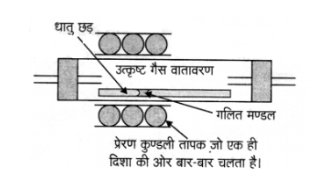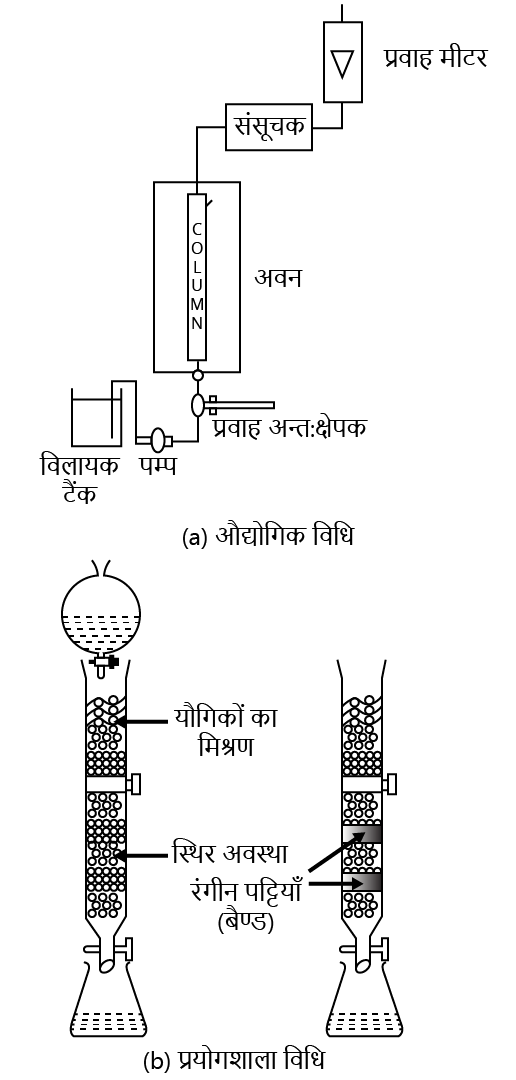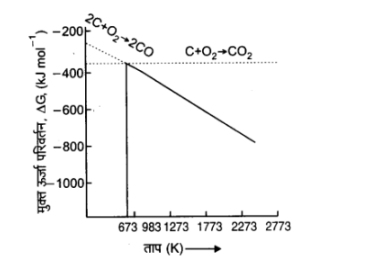Step-by-Step Solutions For Class 12 Chemistry Chapter 6 In Hindi - Free PDF Download
FAQs on NCERT Solutions For Class 12 Chemistry Chapter 6 General Principles And Processes Of Isolation Of Elements In Hindi Mediem in Hindi - 2025-26
1. Why is Class 12 Chemistry Chapter 6 listed as 'Haloalkanes and Haloarenes' and not 'General Principles and Processes of Isolation of Elements'?
According to the updated CBSE syllabus for the 2025-26 academic session, the chapter 'General Principles and Processes of Isolation of Elements' has been removed. The new Chapter 6 in the NCERT textbook is 'Haloalkanes and Haloarenes'. Our NCERT Solutions are aligned with this latest curriculum to ensure students study the correct topics for their board exams.
2. Where can I find reliable and step-by-step NCERT Solutions for Class 12 Chemistry Chapter 6, Haloalkanes and Haloarenes?
You can find comprehensive and accurate NCERT Solutions for Class 12 Chemistry Chapter 6, 'Haloalkanes and Haloarenes,' right here on Vedantu. Our solutions are prepared by subject matter experts and follow the CBSE 2025-26 guidelines, providing a detailed, step-by-step approach to every intext and exercise question to help you understand the correct answering methodology.
3. What is the correct method to solve numerical problems related to optical activity in the Chapter 6 NCERT exercises?
When solving numericals on optical activity from the NCERT textbook, it's crucial to follow a structured method. Our solutions guide you to:
- First, identify the chiral centre (a carbon atom attached to four different groups).
- Second, draw the possible enantiomers and diastereomers for the given compound.
- Third, determine if the compound is optically active, inactive (meso compound), or part of a racemic mixture.
- Finally, state the reasoning clearly as per the question's requirement. Following these steps ensures you don't miss any marks.
4. How do the NCERT Solutions for Chapter 6 explain the mechanism for SN1 and SN2 reactions?
Our NCERT Solutions explain these mechanisms by breaking them down into clear steps. For an SN1 reaction, the solution will show the two-step process: formation of the carbocation intermediate, followed by the nucleophilic attack. For an SN2 reaction, the solution illustrates the single-step mechanism involving a transition state. Each step is explained to clarify concepts like steric hindrance, carbocation stability, and the role of the solvent, which is essential for solving related textbook questions.
5. Why is it important to follow the step-by-step format provided in NCERT Solutions when solving conversion problems in Haloalkanes and Haloarenes?
Following a step-by-step format for conversion problems is critical for scoring full marks in board exams. This approach demonstrates a clear understanding of the reaction pathway. Our solutions for Chapter 6 help you:
- Identify the starting reactant and the final product.
- Determine the necessary intermediate steps and reagents (e.g., using Markovnikov's rule, or applying named reactions like Finkelstein or Swarts reaction).
- Write down each step of the conversion clearly, showing the transformation. This systematic method avoids errors and showcases your conceptual clarity to the examiner.
6. How can I use Vedantu’s NCERT solutions to answer 'Give Reasons' type questions from Chapter 6?
Our NCERT solutions are structured to help you master 'Give Reasons' questions. For example, when asked why the boiling points of haloalkanes are higher than parent alkanes, the solution will guide you to mention the key concepts: the polarity of the C-X bond and the resulting stronger intermolecular forces (dipole-dipole interactions). By studying these solved examples, you learn to pinpoint the exact scientific reason required for a complete answer.
7. Are all intext and back-of-the-chapter exercise questions for Haloalkanes and Haloarenes covered in these NCERT Solutions?
Yes, our NCERT Solutions for Class 12 Chemistry Chapter 6 provide complete and detailed answers for every single question from both the intext sections and the end-of-chapter exercises. This ensures that you have a comprehensive resource to prepare for your exams without missing any part of the textbook curriculum for the 2025-26 session.
8. How do the provided solutions tackle complex named reactions like the Wurtz-Fittig and Fittig reactions found in the NCERT exercise?
For complex named reactions, our solutions provide more than just the final answer. They typically include:
- A clear statement of the reaction principle.
- The general reaction format and a specific example from the textbook.
- The necessary reagents and reaction conditions (e.g., dry ether).
- A step-by-step breakdown showing how the reactants form the product. This approach helps in understanding and memorising the reaction for exam purposes.


























